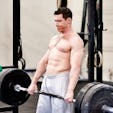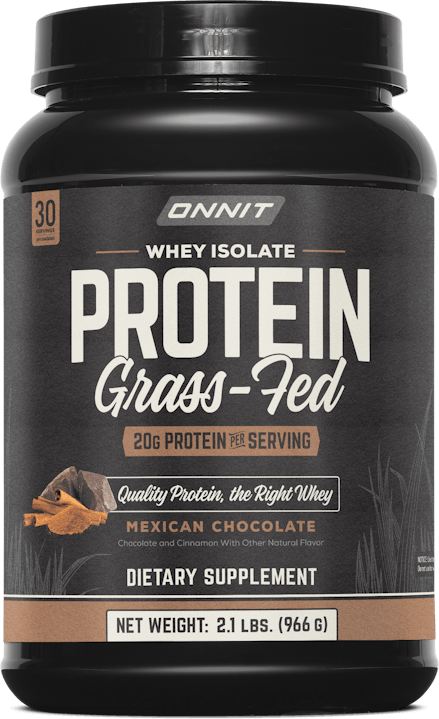Let’s talk about how to maximize your conditioning using nothing but bodyweight training. After all, it’s one of the greatest tools you have for training and there is no gym needed.
Before I get into that, I want to share a little story that proves how powerful bodyweight only training can be.
A few years back, I was asked to travel to Brazil to help get a professional football team (yes, they have professional, American-style football over there) into shape for the upcoming season.
Not only did they want to get into shape, they wanted to get stronger, faster, and more explosive; you know, everything you need to dominate the gridiron.
Long story short, when I was asked to travel over to Brazil I immediately accepted the opportunity; but as a coach, I had a few questions that I needed to get answered.
The main question I wanted answered was to find out what we had to work with in regards to equipment. Did we have access to weights, dumbbells, kettlebells, or barbells, and where would I be training these athletes?
What I found out was that we had ZERO equipment available and the only area we’d be training on was a grass football field. I said, “No problem!”
The moral of the story was that I knew if it came down to it, I could train these athletes with nothing but their bodyweight to help maximize their overall conditioning and training results.
While having access to a ton of weights and other specialized equipment would be nice and ideal, it wasn’t mandatory.
In the end, we made it happen and the success of the team was evidence of how well the training helped them progress and eventually win the Super Bowl of football in Brazil; pretty awesome.
In any case, I wanted to share that story with you to show how effective bodyweight only training can be when it comes to helping you max out your conditioning, as well as your strength, power, and speed.
What I have for you are some of the top methods I use with just bodyweight to maximize conditioning. These are set ups I’ve used within my training, with my athletes who participate in all sorts of sports, and even my non-competitive athletes who just want to become badasses.
However, before I get into the goods here, I wanted to cover some important basics that you need to know to maximize your conditioning with just bodyweight training.
Bodyweight Training Basic #1: Progression is Key
It doesn’t matter if you’re training with just bodyweight, a barbell, or anything else, you’ve always got to follow some sort of progression. Progression is relative to your fitness level and it takes into respect the following aspects:
” Your ability to move/execute certain movements correctly and with efficiency; the better you are, the higher level of progression you can get to in regards to overall movement difficulty.
” How much volume you can handle (total amount of reps and sets, training sessions per week, etc.). As you get into better shape overall, you can increase overall volume.
When you have a way to progress, you’ll have a way to get better. At the same time, not everyone was created equal in regards to overall fitness, so there needs to be ways to regress your training as well if necessary.
Bodyweight Training Basic #2: Tracking & Measurement
I’m a huge fan of testing myself and my athletes to see how progression has come along over time. However, if you’re going to test, you must track and measure your results in order for it to be the most effective.
If you don’t do this, you’ll never know how far you’ve come, or how much you might have regressed. Plus, this gives you valuable information you can use to help tweak up your training to make it even better.
For this, you need to write everything down so you can quickly look back at how you’ve performed in past sessions. Nothing makes me more mad than when an athlete of mine doesn’t keep track of their past training sessions. Some people have a pretty good memory, but it’s never that good.
Write your training sessions down and record your results. Nothing is more powerful at getting results because what doesn’t get measured, gets ignored and overlooked.
If you’re not seeing the results you want, you might want to try simply recording your workouts so that you can look at what might be going wrong.
Bodyweight Training Basic #3: Planning
Last but not least, I just wanted to hit on the importance of having a “plan.” As they say, without a plan, you plan to fail, right? For me and my athletes, I typically have most of my programs planned out at least 3 to 4 weeks ahead, if not a bit longer.
With this amount of structure you can at least focus on your major goals instead of always doing something totally different without any sort of focus at all.
However, at the same time I still think there needs to be a bit of “chaos” involved within your training as well, especially if you are a more advanced athlete.
If you are more of a beginner, the more structure you will need. The main point here is to
have at least some sort of “method” behind the madness as to what you’re doing.
3 Types Of Bodyweight Training To Maximize Conditioning
Here’s a handful of my favorite ways you can use bodyweight-only training to help maximize your conditioning. I’ve split them up into 3 different types of categories:
SHORT – Power/Strength Based Sessions
MID – Muscular and Power Endurance Based Sessions
LONG – Extended Cardio – Higher Volume Based Sessions
Short – Power/Strength Based Sessions

These sessions should be done with the highest level of intensity and are more focused on power and strength development.
#1: The R.A.T. Methond
This is one of my favorite set ups to use for short, power-based conditioning sessions. Basically, start with either a short sprint or a bodyweight movement and then finish off with another movement until the time is up.
For example, let’s say you start with a 50 yard sprint using a 1 minute clock and each spring takes you 5-6 seconds. Following the sprint, you’d finish off the round with as many burpees as you could do with the remaining amount of time (which is anywhere from 50+ seconds in this case).
You’d rest a good 2-3 minutes after that, then go at again for however many rounds you want. It’s a great way to crank up the intensity and keep it high since you’re attacking it in such short intervals.
#2: Tabatas/Short Power Based Intervals
Nothing beats the classic “Tabata Interval Method” which is an excellent workout I use to train short, power-based conditioning.
If you don’t know the Tabata method yet, basically you select a movement or two then crank them out in intervals of 20 seconds on with 10 seconds of rest for 8 total rounds. It only takes 4 minutes!
A perfect example is the classic Burpee Tabata; try to get in as many burpees as you possibly can in the 20 second interval rounds. I’ve never heard of anyone getting in 100 burpees yet (could you do it?).
Or, if you want to switch it up a bit, try doing a cardio based movement like burpees for the odd intervals and a strength based movement like a pull up for the even intervals. This will help give you the best of both worlds in a short, high intensity set up.
#3: Power/Intensity Repeats
With Power/Intensity Repeat workouts, it’s all about power and keeping your intensity high. For this I like to use the “repeat method” in which you’ll set a timer for 15 to 60 seconds.
From there you’ll perform 1 to sometimes even 3 different power based movements within whatever time frame you decide
to use.
For example, this is a fun one: every 20 seconds do 2 Squat Jumps for a total of 5 minutes. Sounds and looks easy, huh? Try it out, but make sure that you jump at 100% and don’t let the intensity fall. After a while you’ll get a bit tired which is where this method really starts to pay off.
Mid-Length – Muscular & Power Endurance Based Sessions
With the Muscular & Power Endurance set up the focus is still on power but the intervals, run distances, and reps will be higher to work your mid-range muscular endurance.
#1: Mid-Distance Sprint Repeats
For these, think about hitting a short to mid- distance sprint that ranges from 50 meters up to 400-800 meter runs.
One of my favorite ways to use this method is with hill sprint repeats. All you do is run at full speed at the distance you set, then rest and repeat.
For the longer runs like 800 meters, I’ll typically keep the rest at a 2:1 ratio or even more. You want to make sure you program in just enough rest to push your conditioning but at the same time not take too much away from your overall intensity.
In other words, if your sprints turn into a slow jog, you haven’t rested enough.
#2: High Intensity Run + Muscular Strength
For High Intensity Runs I like to combine short to mid-distance runs with bodyweight specific movements. Just as you would with the last set up, you’ll run at near 100% intensity for a certain distance, but this time, instead of stopping at the end you’d go right into a bodyweight strength or even power movement for a certain amount of reps, or you could do it for time.
Here’s An Example:
Run 200 meters then complete 20 push ups, 20 rows, and 20 squats. Rest 2:1 and repeat.
Here’s another set up you could use that switches up the movements:
First complete 20 squats, then 10 burpees, and finish off with a 400 meter run.
#3: Muscular Endurance AMRAPS
Muscular Endurance AMRAPs (As Many Rounds As Possible) are all about pushing your bodyweight strength and conditioning to new levels by testing your muscular and mental endurance.
There are a lot of different ways you can set this up; I call my favorite one The Bodyweight Gauntlet.
Do 3 minute AMRAP sets for push ups, squats, pull ups (or rows), and burpees. Your goal is to get in as many reps for the four movements as you can within the 3 minute time cap.
Then run 400 meters at maximum intensity to finish things off. Take a 1 minute rest in between each movement and do the bodyweight movements in any order you choose. The 400 meter run always comes last.
What this set up does is challenge your muscular endurance. Three minutes might not sound like much, but when you hit a certain amount of fatigue, that’s when things get a bit interesting.
I don’t like to use this set up very much as it can be pretty intense on the body, but it serves as an excellent way to test yourself.
Longer, Extended Cardio for Higher Volume Based Sessions
For the last set up, I use longer distance runs and/ or high volume set ups. For these I typically blend both bodyweight strength and cardio together for maximum gains.
Long distance running can get pretty boring, so what I like to do for my athletes who aren’t specifically trained for running is to mix it up a bit with a combination of both running and bodyweight strength training.
#1: Longer AMRAP Circuits
For Longer AMRAP Circuits I like to use a blend of pretty much anything and everything, going for longer periods of time to push volume and overall work capacity.
I mix strength, power, and cardio to test the body in all areas (mentally as well). Typically I’ll go for at least 10 minutes up to 60 minutes.
#2: Long “Strength/Cardio” Mixed Runs
Hey, I won’t be the last guy to say that regular old running isn’t “fun.” It’s actually pretty boring, so to change things up, I like to throw in some strength movements here and there to break up the monotony and add in some bonuses to the mix.
For example, instead of just running a 5K straight up, try running a 5K but at every 4th or 5th minute, stop and do 3 rounds of 5 squats, 5 push ups, and if there’s somewhere around you can do pull ups, do 5 pull ups.
Continue on until you finish your run. You could toss in any type of bodyweight strength movement within those intervals.
Or, if you don’t want to do it on a time based interval set up, you can do it on a distance-based interval so every 1⁄2 mile you stop and do 20 burpees or 20 squat jumps then continue on your way until you hit the finish line.
This can change up your normal runs a bit and add in a little extra kick. Good stuff!
Here’s A Cool Little Set Up Ww Use With Our Wrestlers And Other Combat Athletes:
20 Minute AMRAP:
● 5 Broad Jumps
● 10 Pull Ups
● 15 Push Ups
● 20 Squats
● 25 yard Bear Crawl
● 100 yard Run
Repeat until the 20 minutes is up. These can get pretty brutal!
Sample 4 Week Set Up:
Monday – Short – Power Based Set Up
Wednesday – Longer Distance/Volume
Friday – Mid-Length
To get the most out of your set up, I recommend that you start with the same workouts on each day for a minimum of 3 weeks and track your results. Time, distance, reps, sets, and anything else that will help you measure your progress. It’s all important.
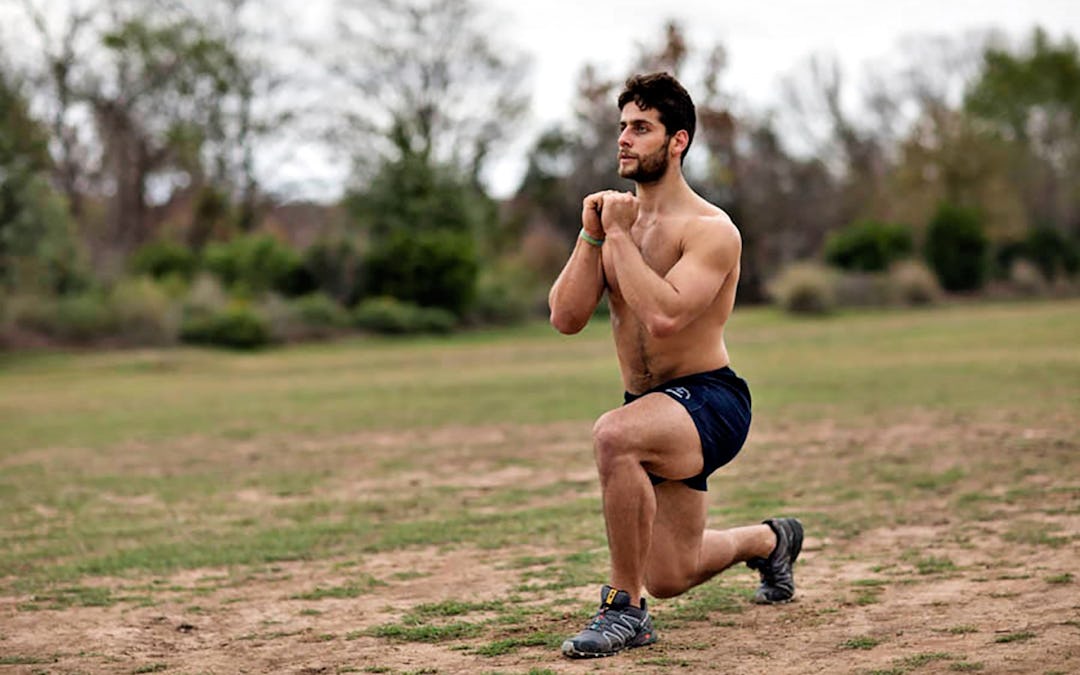
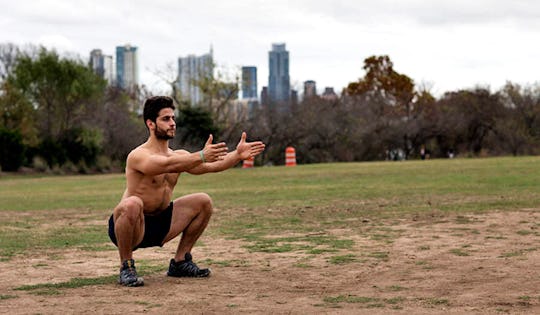
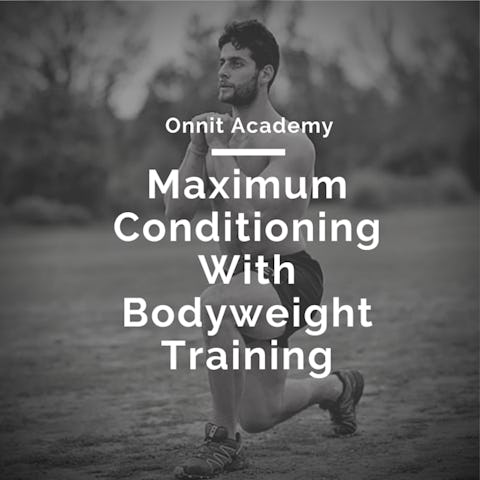
)



